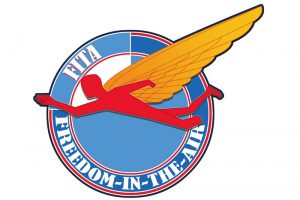With great joy I have passed my IMC flight test. It was a hard test and required 100% concentration. We did general handling, limited and partial panel work, spin recovery, holding patterns 3 times, several missed approach procedure, and expect the unexpected. What i mean by this, is that during one of the missed approach, instead of ATC giving the expected instructions, they told us to leave the circuit away from Cranfield, tracking 310 (I used the Daventry VOR to track this radial) then make our own navigation to CIT beacon – and then follow the right entry pattern to hold. After this we did 2 NBD approaches, followed by a few ILS approaches. Time keeping is crucial, so is mainting your headings, heights, minimum decision altitudes…
“The Answer my friend is blowing in the WIND” – always know where the wind is and make drift and head wind – tail wind corrections as necessary..
Learning to fly in IMC conditions has made me a much safer, better and more disciplined pilot.
A-MICE-ATM Checklist
A – AWOS/ATIS : Get the information.
M – Marker Beacons/Mag Compass (align).
I – Identify EVERYTHING that you may need (including GPS setup).
C – Course inbound on the final approach.
E – Entry (Straight-in, procedure turn, DME arc, vectors to final, etc).
A – Altitudes (as per the profile view).
T – Time (if applicable).
M – Missed Approach – at least the initial climb and turn(s).
At a meeting held at the CAA on 26 January 2010, the CAA Chief Executive Andrew Haines confirmed to Martin Robinson of AOPA that it is CAA policy to retain the UK IMCR. The CAA is to begin dialogue on how this could be achieved once the EASA licensing system is implemented. For those considering on embarking on more flight training, the IMCR would be a good course to do in my opinion having experienced it first hand.
